The Best Mechanical Pencils for Sketching: A Complete Buyer’s Guide
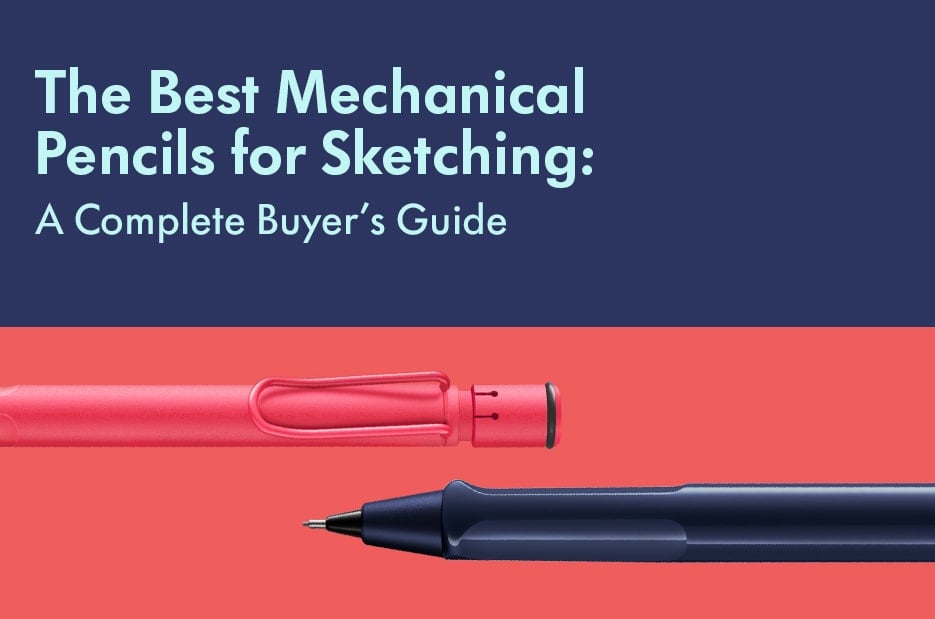
Hey! Did we catch you on your way to buying the best mechanical pencils for sketching? Well, you’ve made the right choice of stopping by!
Did you finally decide to switch from traditional pencils to mechanical ones? We get you. Nobody likes to struggle with broken pencil tips or smudged lines.
Moreover, great sketches don’t just come from a spark of inspiration. Rather, the right tools play a significant role!
That’s why we’re here to help you choose the best mechanical pencils for sketching! Dive in!
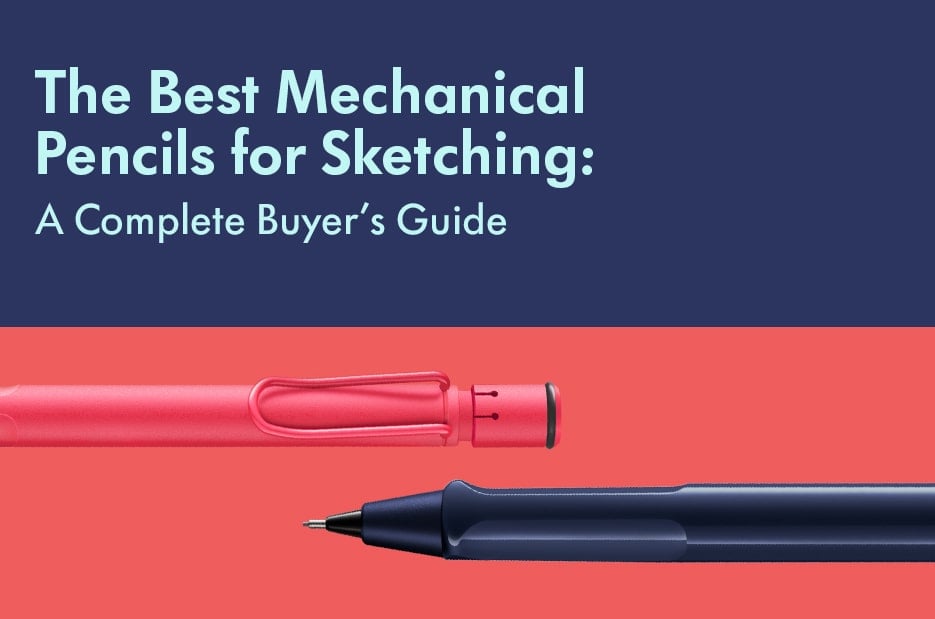
Why Use a Mechanical Pencil for Sketching?
If you don’t sharpen your traditional pencil constantly, it is bound to produce inconsistent and smudged lines.
But, when you’re in the middle of sketching, would you want to break that flow just to ensure your pencil is in perfect shape? Well, with a mechanical pencil for artists, you no longer need to worry about any inconsistencies.
These sketching tools offer a distinct edge when it comes to line control, portability, and precision. All this just so your creativity can flow uninterrupted!
However, there’s also an issue of hand cramps when you have been sketching for too long. But an ergonomic drawing pencil solves this problem as well!
Do you realise now why you should use a mechanical pencil for sketching? Now, let’s move on and find out how you can buy the best one!
What to Look for in a Mechanical Pencil for Sketching?
Before you hit the “add to cart” button, here are the things you need to consider while purchasing good mechanical pencils:
1: Grip Comfort
Your pencil shouldn’t feel uncomfortable or give you hand cramps, even if you’ve been sketching for long hours.
Hence, you should keep a lookout for rubber or ridged grips. Such an ergonomic drawing pencil reduces hand fatigue and produces masterpieces.
2: Best Lead Size for Sketching
Yeah, even the lead size of your pencil matters. If you’re a seasoned artist, the best lead size for sketching can be a little tricky to choose.
This is because 0.3mm to 0.5mm lead sizes produce finer lines and detailed art. On the other hand, if you prefer bold strokes and expressive art, you might want to go for 0.7mm to 0.9mm lead sizes.
3: Build Quality & Balance
If your mechanical pencil is too heavy, it can be difficult to sit through long hours of sketching.
Hence, you should choose the ones that offer high quality and just the right balance. The metal-bodied ones from LAMY can be an excellent choice.
4: Refill Ease & Durability
It can be a hassle when you run out of lead. However, the best drafting pencils for sketching ensure that the refilling mechanism is extremely easy and convenient.
Moreover, their durable build guarantees long usage along with an easy-to-refill lead mechanism!
5: Precision & Control
We have already established how detail and precision are important when it comes to sketching.
This is why you need to prioritise a precision mechanical pencil, which is popular for its fine strokes.
Mechanical Pencil vs Traditional Pencil: Which Is Better for Artists?
The answer to this question depends completely on your preferences!
Many artists love how a traditional pencil feels in their hands. Despite all the inconvenience, they prefer sketching with a traditional pencil.
However, mechanical pencils for artists score big points when it comes to convenience, portability, and eco-friendliness. With them, you don’t need sharpeners! You’re ready to sketch anytime, anywhere!
Moreover, they’re consistent in line width and precision, which is something that artists desperately look for in their sketching tools.
The 3 Best Mechanical Pencils for Sketching in 2025
This is the best part! Let’s find out which mechanical pencils are the best in 2025!
1: LAMY 2000 Mechanical Pencil
It’s no surprise that two LAMY models have made it to the list.
This is because the brand is popular for crafting designs that are specially made for professionals, and the LAMY 2000 mechanical pencil is no different.
While the price may be on the higher side, the features are absolutely worth it! Its stainless steel body offers the perfect balance and grip.
Moreover, its 0.7mm lead size is perfect for artists! Such an iconic piece of sketching tool deserves to be considered one of the best.
2: Pentel GraphGear 1000
But, LAMY alone doesn’t take the limelight because the Pentel GraphGear 1000 is also quite popular among artists!
It features a retractable nib that keeps the lead protected when not in use. At the same time, its metal body and durable build promise an excellent grip and comfortable experience.
However, it can feel a little heavy for some users. Hence, it may not be a suitable choice for everyone.
3: LAMY safari Mechanical Pencil
Is sketching your hobby and passion? Then, the LAMY safari mechanical pencil is one of the best mechanical pencils for artists with a 0.5mm lead size.
Its German engineering is stylish, durable, and iconic. Moreover, its lightweight build and ergonomic grip ensure an amazing sketching experience!
However, its plastic body may not appeal to metal lovers. Apart from that, this can be an excellent and affordable choice!
Wrapping Up: Which One Should You Choose?
Now it’s time for you to decide among the best mechanical pencils for sketching! Let’s make it easy for you!
If you love precise and detailed art, the 0.5mm lead size of the LAMY safari can be a good option. Moreover, its lightweight body can withstand hours of sketching!
On the other hand, if you want your sketching tool to be more luxurious and bold, the LAMY 2000 is waiting for you.
Regardless of your choice, it is important to remember that the best mechanical pencils for sketching are supposed to enhance your art, boost your confidence, inspire your creativity, and make your experience worth it!
So, choose accordingly!
Explore a wide range of high-performance mechanical pencils at LAMY! Choose the one that speaks to you the most, get a customised engraving, and let it become your creative companion! Visit your nearest LAMY store or check out the website today!
FAQ: Choosing the Best Mechanical Pencil for Artists and Sketching
Q1: What is the best lead size for sketching with a mechanical pencil?
Ans: There is no right answer to this because the best lead size for sketching depends on your preferred drawing style. 0.3mm to 0.5mm lead sizes produce finer lines and detailed art. On the other hand, if you prefer bold strokes and expressive art, go for 0.7mm to 0.9mm lead sizes. Many artists prefer 0.5mm as a balanced go-to for both line work and light shading. In that case, the LAMY safari mechanical pencil is an excellent choice.
Q2: Are mechanical pencils good for professional artists?
Ans: Obviously! Many professional artists swear by mechanical pencils for their precision, reliability, and clean lines. Unlike traditional pencils, they don’t require sharpening. Hence, they’re super convenient!
Q3: Which mechanical pencils are best for detailed sketching?
Ans: If you’re interested in detailed sketching, you should get mechanical pencils that offer fine lead sizes (0.3mm or 0.5mm) and a fixed guide pipe (non-retractable tip) for better line control.
Q4: How do I choose a good drafting pencil for sketching?
Ans: You need to consider the lead size, grip comfort, weight and balance, precision tip, and durable build quality. LAMY’s mechanical pencils tick all the right boxes because they combine form, function, and German engineering!
Q5: What makes a mechanical pencil more precise than a regular pencil?
Ans: A mechanical pencil’s precision comes from its consistent line width, stable lead sleeve, and often, a more engineered grip and body. Regular pencils often smudge, vary in line width, and need to be sharpened constantly. But, even that may not produce consistent precision. On the other hand, mechanical pencils offer controlled, repeatable strokes that are especially useful for detail work, technical drawing, and clean sketching.







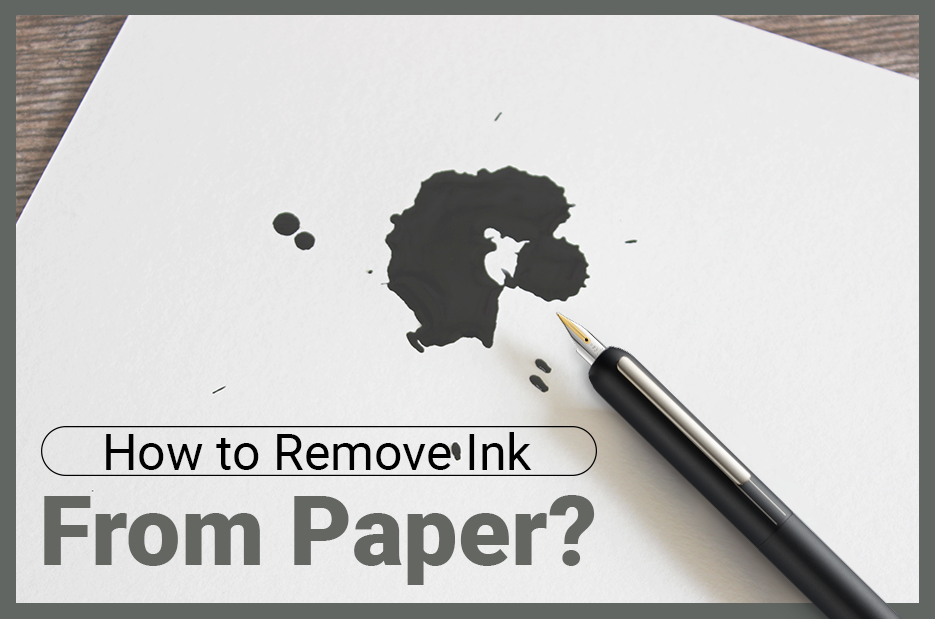

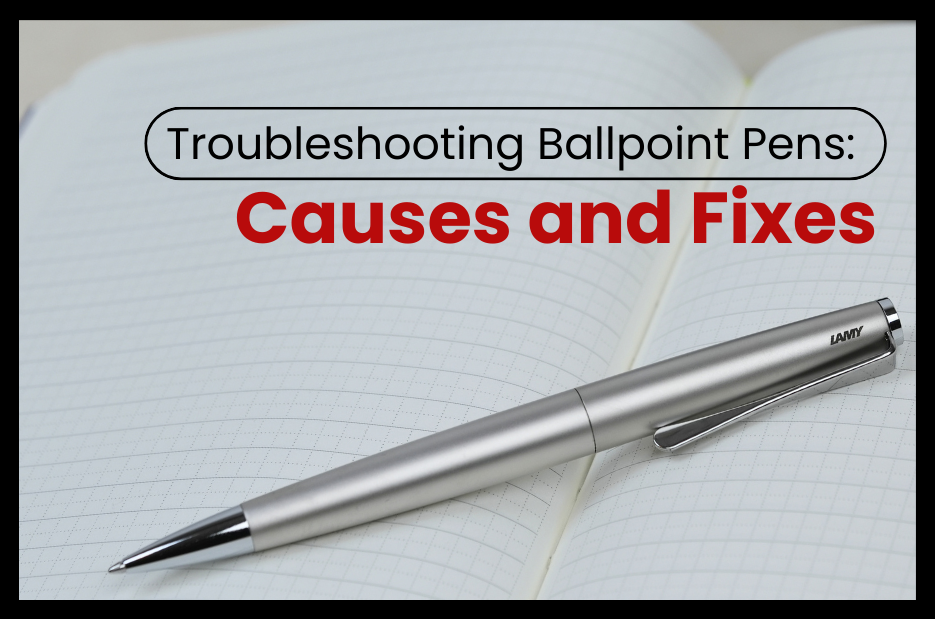
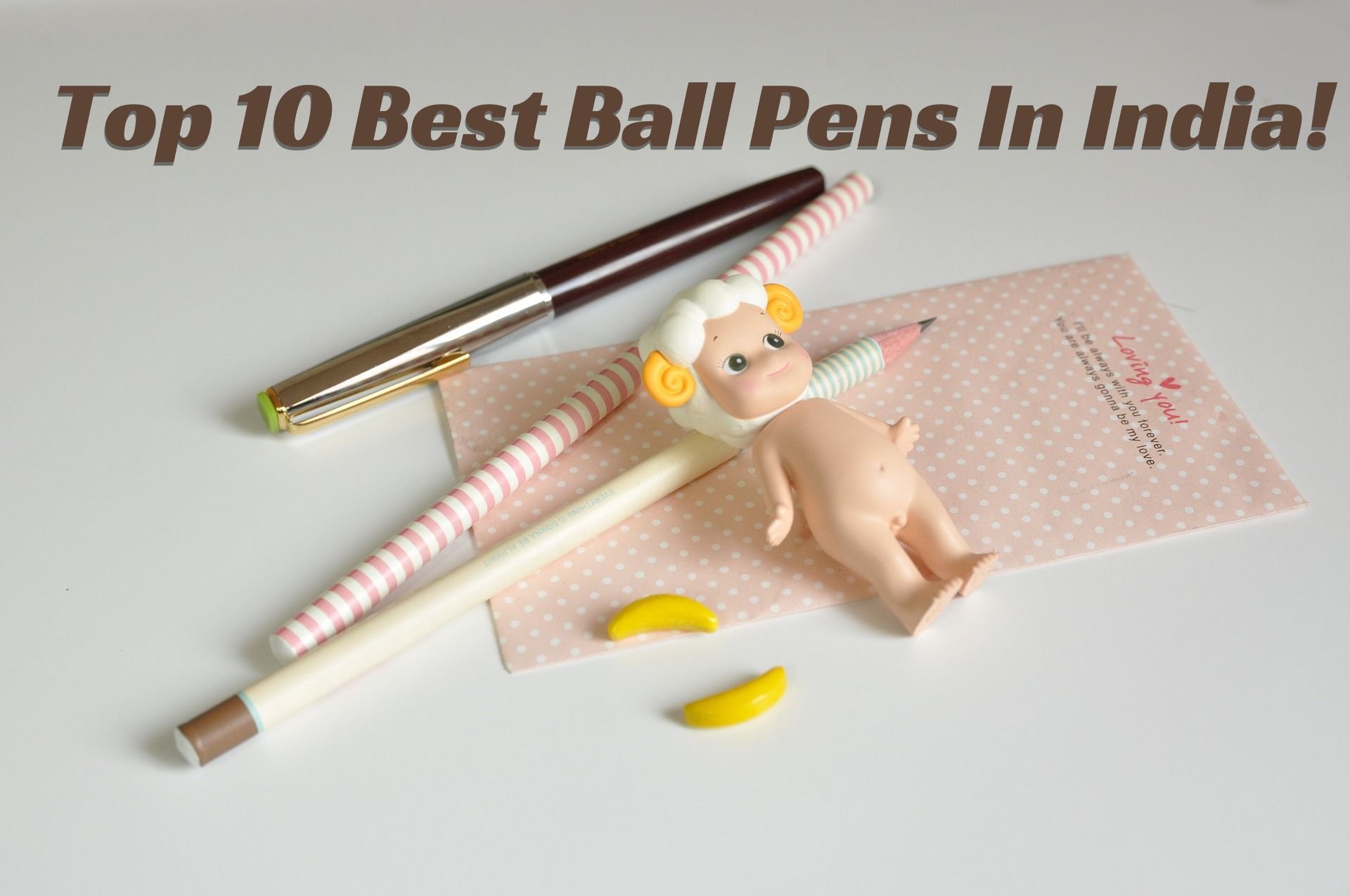
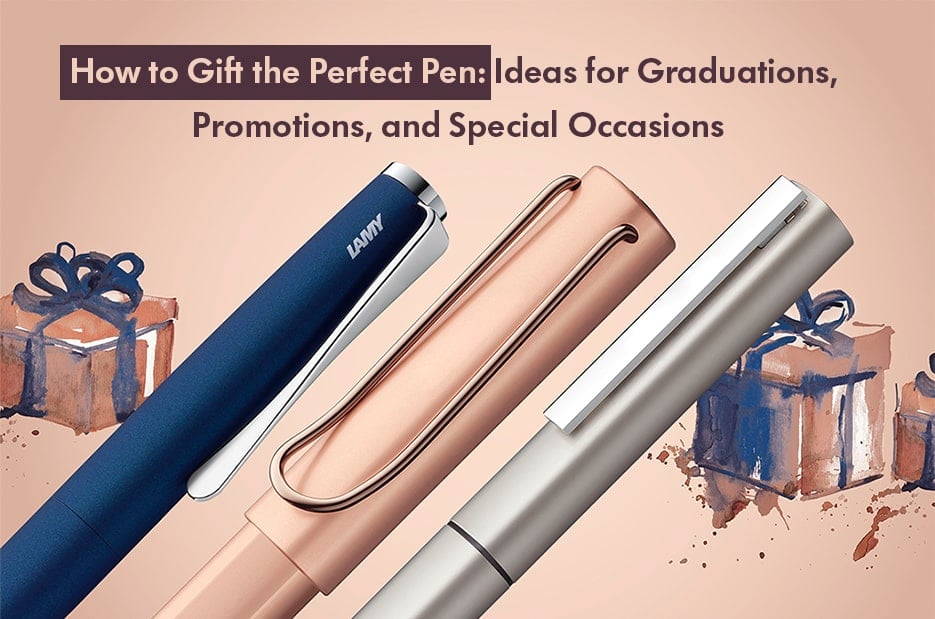
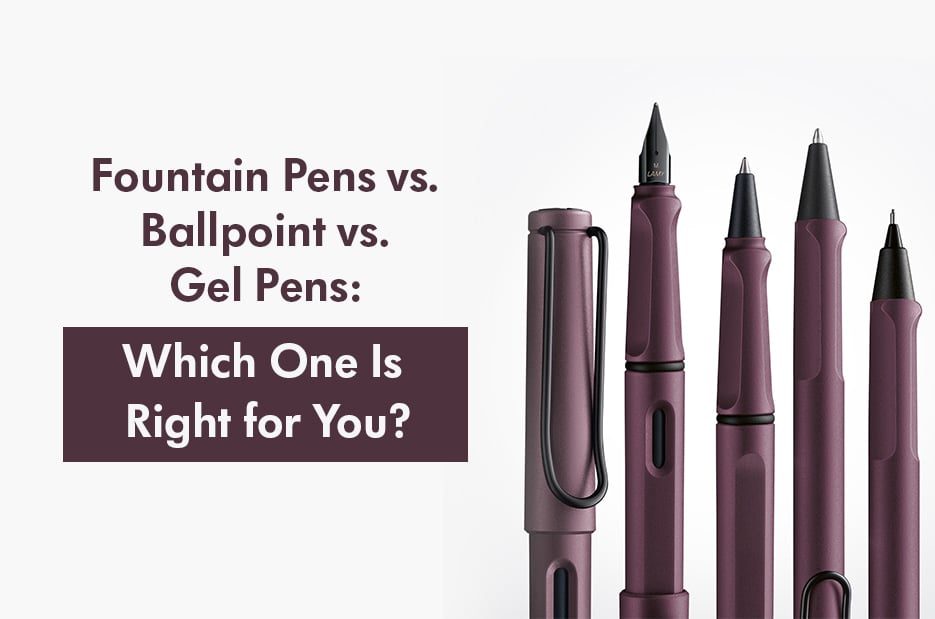
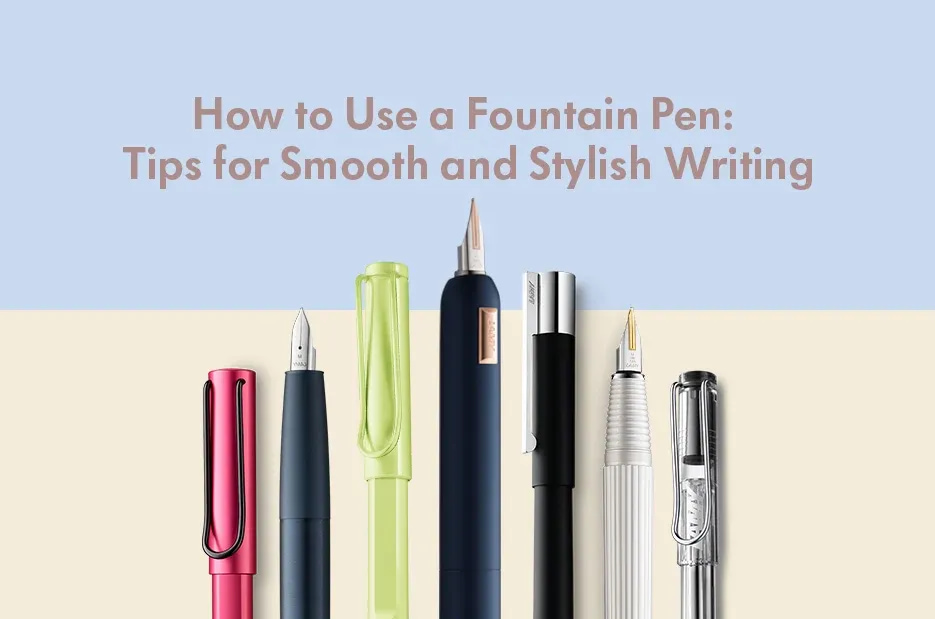
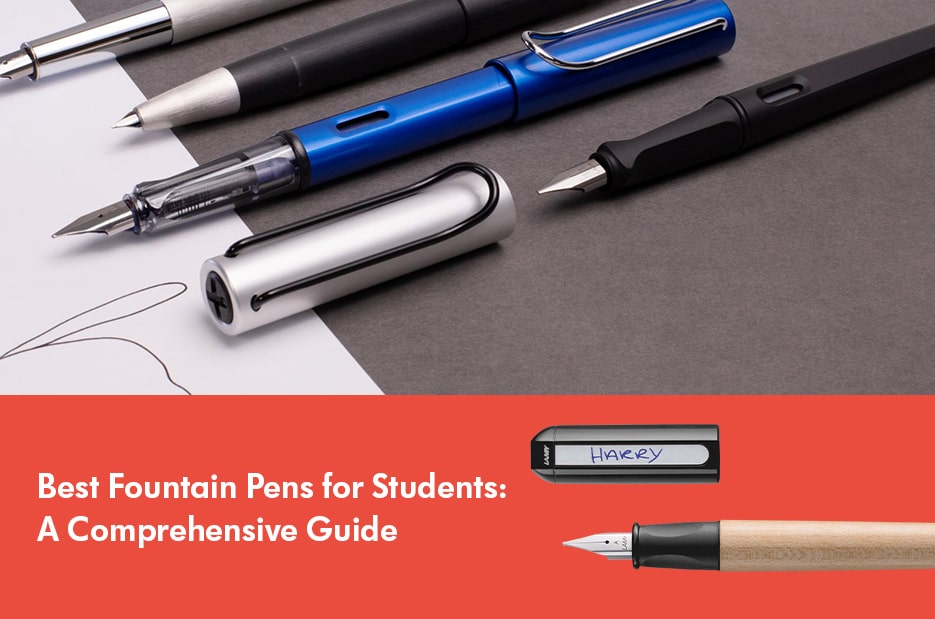
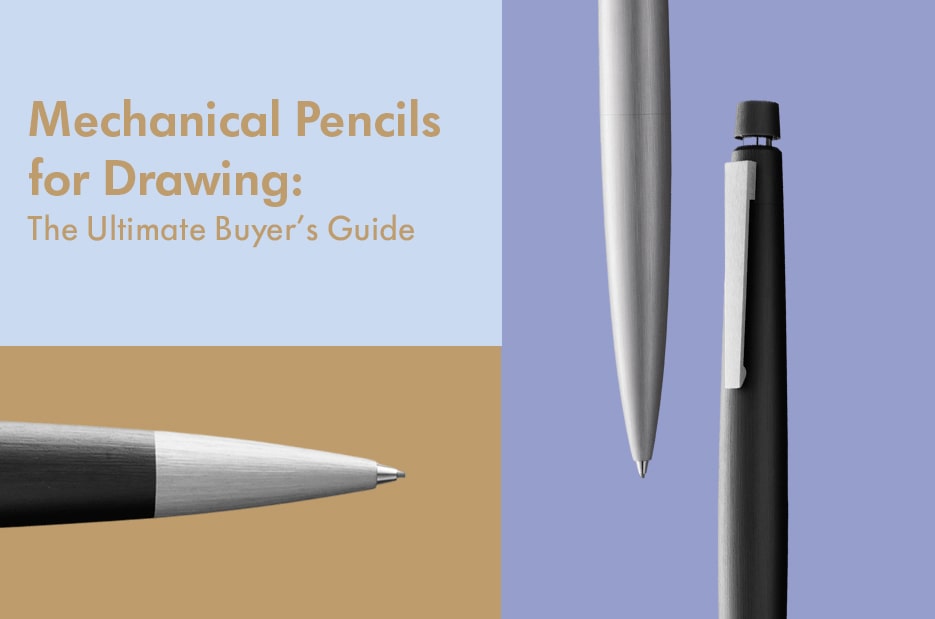
Comments